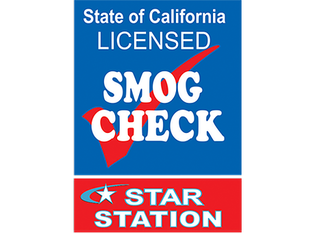Braking SystemsThe brake system is actually composed of two kinds of systems---Hydraulics and Friction Materials. Here's what happens within these systems between the time your foot hits the brake pedal and your car stops.
HidraulicsMaster Cylinder
When pressure is applied to the brake pedal, the master cylinder creates hydraulic pressure which pushes brake fluid to the wheel brakes.
Brake Lines & Hoses
Steel brake lines and high pressure rubber hoses are the avenues through which the pressurized brake fluid travels.
Wheel Cylinders & Calipers
These are the hydraulic cylinders that apply pressure to the friction materials, causing your car to stop.
Friction MaterialsDisc Brake Pads & Drum Brake Shoes
These brake linings are composed of high temperature materials that create the friction that stops your car.
Types of BrakesDisc Brakes
Disc brakes consist of a Disc Brake Rotor, which is attached to the wheel, and a Caliper, which holds the Disc Brake Pads. Hydraulic pressure from the Master Cylinder causes the Caliper Piston to clamp the Disc Brake Rotor between the Disc Brake Pads. This creates friction between the pads and rotor, causing your car to slow down or stop.
Drum Brakes
Drum brakes consist of a Brake Drum attached to the wheel, a Wheel Cylinder, Brake Shoes and Brake Return Springs. Hydraulic pressure from the Master Cylinder causes the Wheel Cylinder to press the Brake Shoes against the Brake Drum. This creates friction between the shoes and drum to slow or stop your car.
Parking Brake
The Parking Brake uses Cables to mechanically apply the brakes (usually the rear brake.) This is used to prevent the car from rolling when not being driven.
Anti-Lock Brakes: A System Built For Safety
Computer-controlled anti-lock braking systems (ABS) are a recently developed safety feature. When sudden stops are made, the ABS prevents wheel lock-up. The system is comprised of wheel-speed sensors that monitor wheel rotation, computer-controlled hydraulics that pulse the brakes on and off rapidly, and the on-board computer.
|
|
Twin Peaks Auto Service
26100 CA-189 Twin Peaks, California 92391 United States (909) 337-0082 rory@twinpeaksautoservice.com |
Find Us On
|
Payment Methods
|
Business Hours
Monday - Friday 8:30 am - 5:00 pm Weekends: Closed. |












